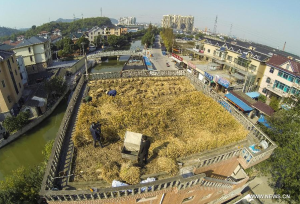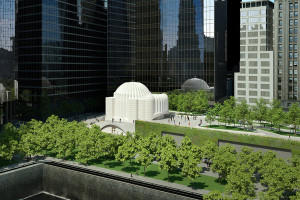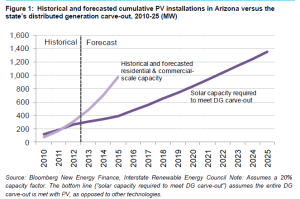by Zhu Ningzhu (editor), English, news.cn, November 20, 2013

Farmers help villager Peng Qiugen harvest rice on the roof of Peng’s house which had been converted into a rice field at Qilin Village of Shaoxing City
Source: www.news.cn
Hangzhou (Xinhua) — In Chinese language, most farmers go “down” to the field to harvest crops, but one farmer from an eastern village in China goes “up” to the roof to reap rice.
Peng Qiugen, a “landless” farmer who transferred his land to a gardening company seven years ago, just harvested over 100 kg of rough rice on his 120-square-meter rooftop this week.
“My greatest wish is to save more land for China by promoting rooftop farming to more households,” Peng told Xinhua.
He calculated that a roof as large as his, if used for growing vegetables, can meet the daily demands of 20 people.
In Peng’s village, Qilin in east China’s Zhejiang Province, most farmers have circulated their land to scale planting individuals and companies in exchange for a steady income and an opportunity to try out other jobs that would presumably bring more economic gains.
Some have become factory workers, others have started businesses. For Peng, he has tried both and more, saying, “I accept any jobs within my ability that can improve the living conditions for my family.”
A wealthier material life, however, has never changed his passion for land and farming.
When he started to build his four-story house in 2006, he thought about transforming the roof into a piece of arable land.



 Article de Frank Boutté portant sur le développement durable et sur l’approche et les outils opérationnels mis en place par l’agence Frank Boutté Consultants.
Article de Frank Boutté portant sur le développement durable et sur l’approche et les outils opérationnels mis en place par l’agence Frank Boutté Consultants.